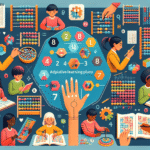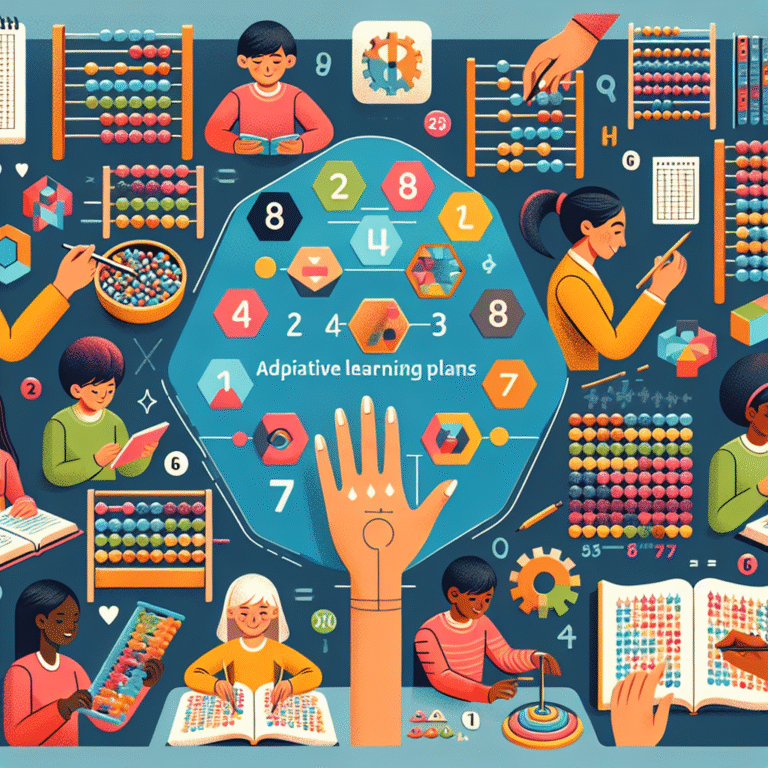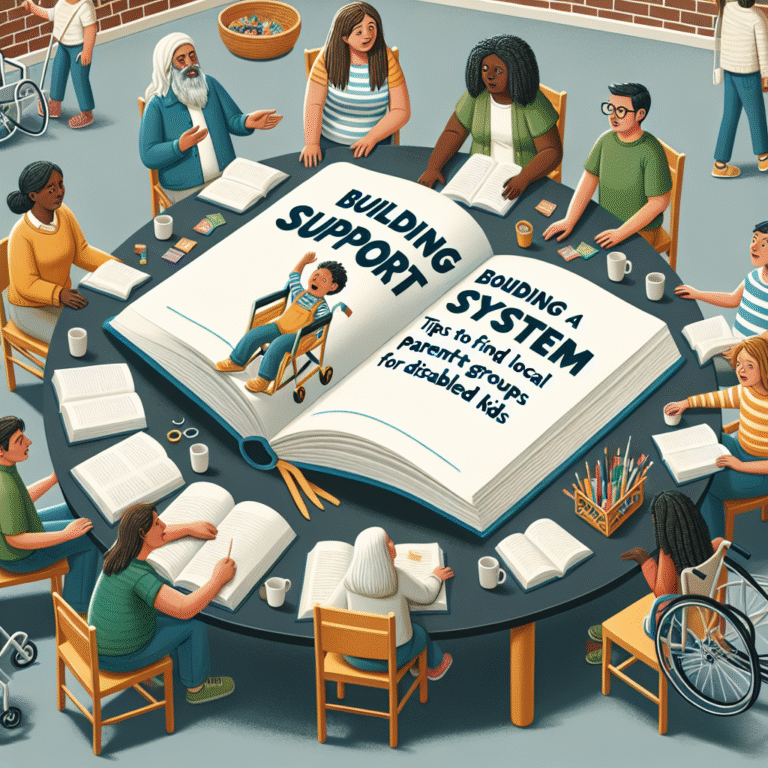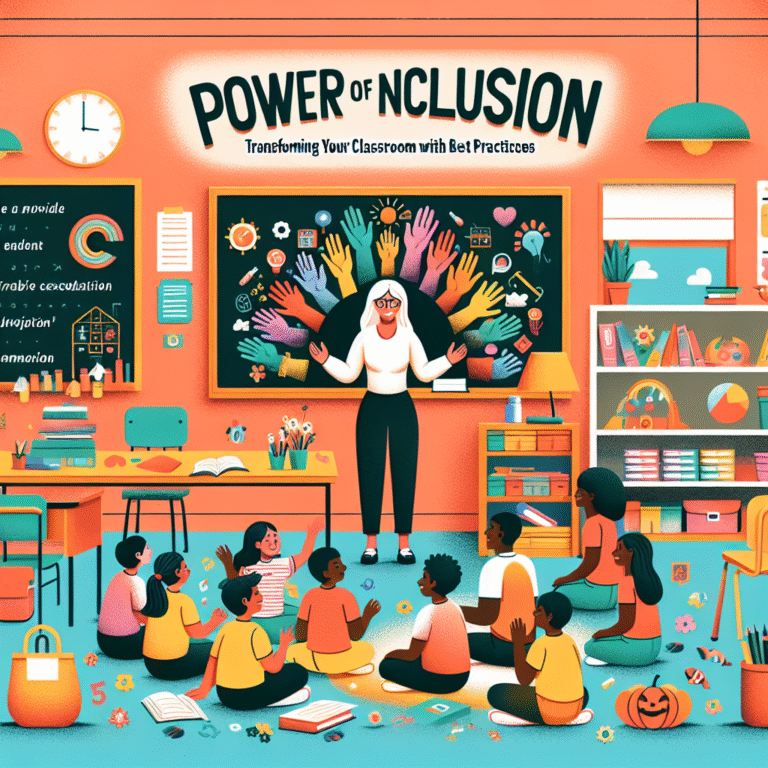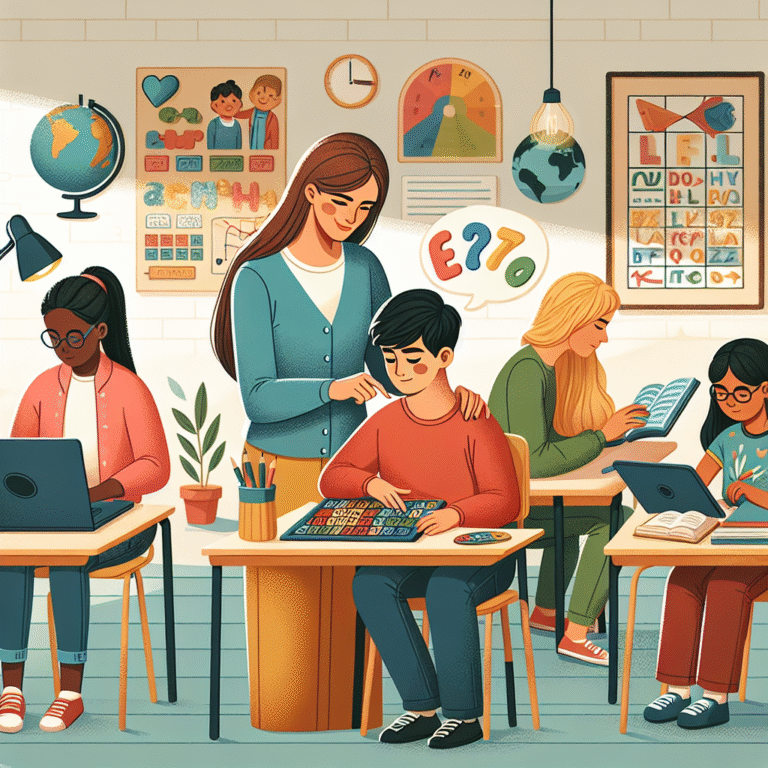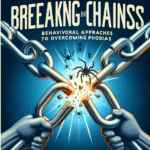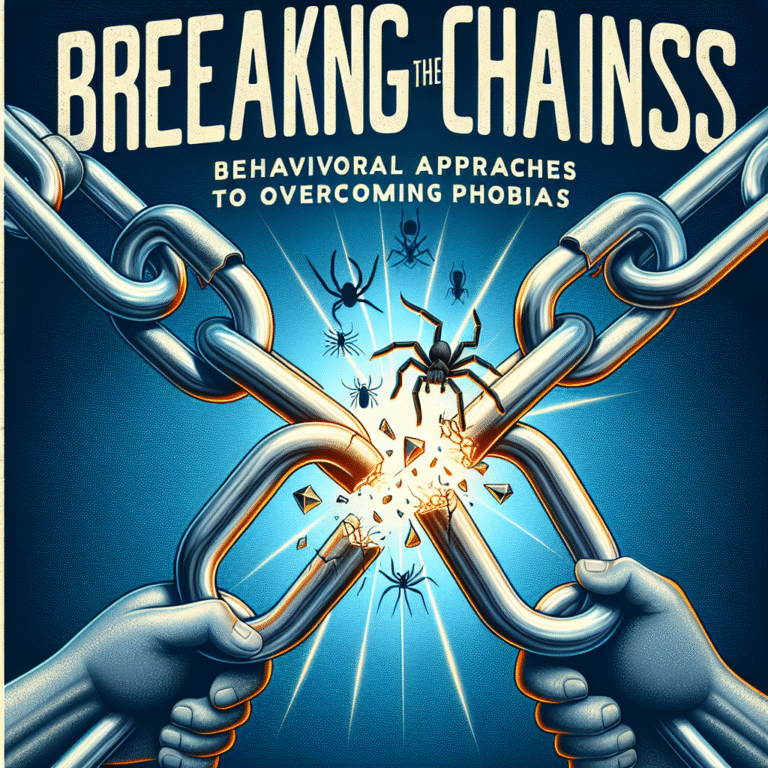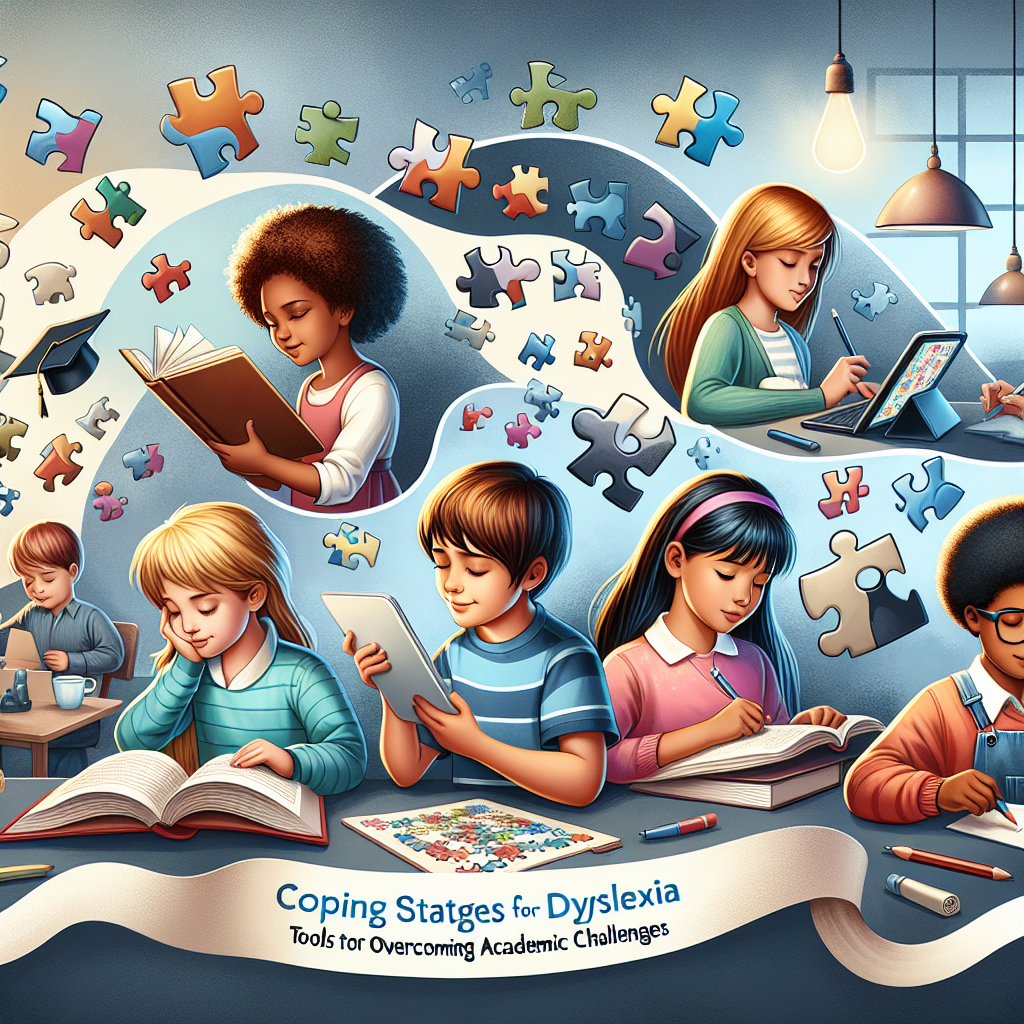
Essential Coping Strategies for Dyslexia: Tools for Overcoming Academic Challenges
Introduction
Dyslexia affects around 10% of the population, yet its impact on academic performance can be profound. For many individuals with dyslexia, navigating the traditional educational system can feel like climbing a steep mountain—challenging, but not insurmountable. The key lies in implementing effective coping strategies for dyslexia. These tools can transform difficulties into opportunities for learning and growth, making the journey through education a more manageable and rewarding experience.
In this article, we will delve deep into various coping strategies designed to empower those with dyslexia. From technological solutions to personalized learning approaches, we’ll explore how these tools can help individuals overcome academic challenges and thrive in their educational pursuits.
Understanding Dyslexia: A Brief Overview
Dyslexia is primarily characterized by difficulties with reading, spelling, and processing language. However, it’s crucial to understand that individuals with dyslexia often possess strengths in other areas, such as problem-solving and creativity. Recognizing these strengths is the first step in fostering a positive learning environment.
Characteristics of Dyslexia
- Reading Difficulties: Trouble decoding words, which can lead to slow reading and comprehension issues.
- Spelling Challenges: Difficulty with the spelling of words, often resulting in frequent errors.
- Writing Struggles: Disorganization in written assignments, such as essays or reports.
- Memory and Processing Issues: Challenges with retaining information and processing it quickly.
The Importance of Coping Strategies for Dyslexia
Implementing coping strategies for dyslexia can lead not only to improved learning outcomes but also to enhanced self-esteem and motivation. By equipping individuals with effective tools, we create an environment that celebrates diversity in learning styles.
Effective Coping Strategies for Dyslexia
1. Technological Tools
Text-to-Speech Software
One of the most effective coping strategies for dyslexia is the use of text-to-speech software. Applications like NaturalReader or Kurzweil 3000 can read text aloud, allowing users to absorb information auditorily.
Case Study: A high school student, Jake, struggled with reading assignments. After his parents introduced text-to-speech software, his comprehension scores improved by 30%. Jake reported feeling more engaged with the material, as he could now focus on understanding rather than decoding.
Spell Check and Grammar Tools
Utilizing spell-check and grammar tools, like Grammarly, can alleviate the stress of writing assignments. These tools can provide immediate feedback and encourage independence in writing tasks.
Analysis: By incorporating spell-check tools, writers with dyslexia can boost confidence and reduce anxiety about written communication, leading to better overall performance.
2. Multisensory Learning Techniques
VAKT Approach (Visual, Auditory, Kinesthetic, Tactile)
Engaging multiple senses while learning can enhance retention and understanding. The VAKT approach combines visual, auditory, kinesthetic, and tactile learning strategies.
Table: VAKT Learning Techniques
| Sensory Modality | Strategy | Example |
|---|---|---|
| Visual | Graphics and charts | Diagrams in study notes |
| Auditory | Listening and discussions | Group study sessions |
| Kinesthetic | Hands-on activities | Building models, role-playing |
| Tactile | Writing and drawing | Concept mapping with markers |
Case Study: Sarah, a third-grade student with dyslexia, improved her reading comprehension through a VAKT approach. Her teacher incorporated visual aids and hands-on activities, resulting in a significant increase in her reading fluency and enthusiasm for learning.
3. Organizational Tools
Graphic Organizers
Graphic organizers can help students visualize and structure their thoughts, making it easier to organize information before writing. Tools like MindMeister or Inspiration can aid in planning essays.
Analysis: By using graphic organizers, students can develop a clearer understanding of complex subjects. This not only enhances comprehension but also aids in memory retention.
Digital Planners
For students with dyslexia, managing deadlines and tasks can be particularly challenging. Using digital planners, like Todoist or Trello, can help students stay organized and focused.
4. Personalized Learning Plans
Collaborating with educators to develop a personalized learning plan can significantly improve academic outcomes. This plan should outline specific strategies tailored to individual strengths and weaknesses.
Case Study: Emily struggled with traditional teaching methods until her school implemented a personalized learning plan that included extended time on tests and tailored reading materials. This approach reduced her anxiety and improved her overall grades by a significant margin.
5. Building a Support Network
Creating a support network of teachers, tutors, family, and friends can provide the emotional and academic assistance that students need.
Tips for Building a Support Network:
- Communicate Openly: Share challenges and successes with family and educators.
- Find a Mentor: Seek out individuals who have successfully navigated dyslexia.
- Join Support Groups: Engage with communities that provide understanding and resources.
6. Mindfulness and Stress-Reduction Techniques
Stress can exacerbate the challenges faced by individuals with dyslexia. Practicing mindfulness, meditation, and relaxation techniques can help reduce anxiety and improve focus.
Case Study: After engaging in regular mindfulness exercises, a college student named Mark reported lower anxiety levels, which translated to better performance in exams and assignments.
7. Reading Strategies
Phonics-Based Approaches
Engaging with phonics-based reading programs can help individuals with dyslexia develop essential decoding skills. Tools like Orton-Gillingham can provide structured learning paths.
Chunking Text
Dividing texts into smaller, manageable chunks can make reading less daunting. This strategy enhances comprehension and retention of information.
Table: Chunking Strategies
| Chunk Size | Technique | Benefits |
|---|---|---|
| 1-2 sentences | Read and summarize | Improves recall |
| Paragraph level | Break down sections | Reduces information overload |
| Chapter chunks | Summarize key points | Enhances overall understanding |
Conclusion
The road to success for individuals with dyslexia can be paved with the right coping strategies for dyslexia. Utilizing tools that range from technology-based solutions to personalized learning plans can significantly alleviate academic challenges, enhancing both learning outcomes and self-confidence.
As we have explored in this article, the journey requires understanding, patience, and a proactive approach. By recognizing the strengths of individuals with dyslexia and implementing these strategies, we can help transform their challenges into stepping stones toward success.
FAQs
1. What is dyslexia?
Dyslexia is a learning disorder characterized by difficulties with reading, spelling, and writing, despite adequate intelligence and educational opportunities.
2. Are there different types of dyslexia?
Yes, dyslexia can vary in severity and may present differently, including phonological dyslexia, surface dyslexia, and rapid naming deficit.
3. Can dyslexia be cured?
Dyslexia cannot be cured, but with the right coping strategies and educational support, individuals can learn to manage their symptoms effectively.
4. How can parents support a child with dyslexia?
Parents can support their child by fostering open communication, advocating for accommodations in school, and encouraging the use of technology and other coping strategies.
5. Are there specific schools for children with dyslexia?
Yes, many schools specialize in teaching students with dyslexia, incorporating tailored methods to support diverse learning needs.
6. How can I find a tutor for dyslexia?
To find a qualified tutor, consider reaching out to local schools, dyslexia associations, or online platforms that specialize in dyslexia education.
Incorporating these insights and strategies can foster resilience in students with dyslexia, leading to their academic success and personal growth. By implementing effective coping strategies for dyslexia, we can create a more inclusive and supportive educational environment for all learners.

